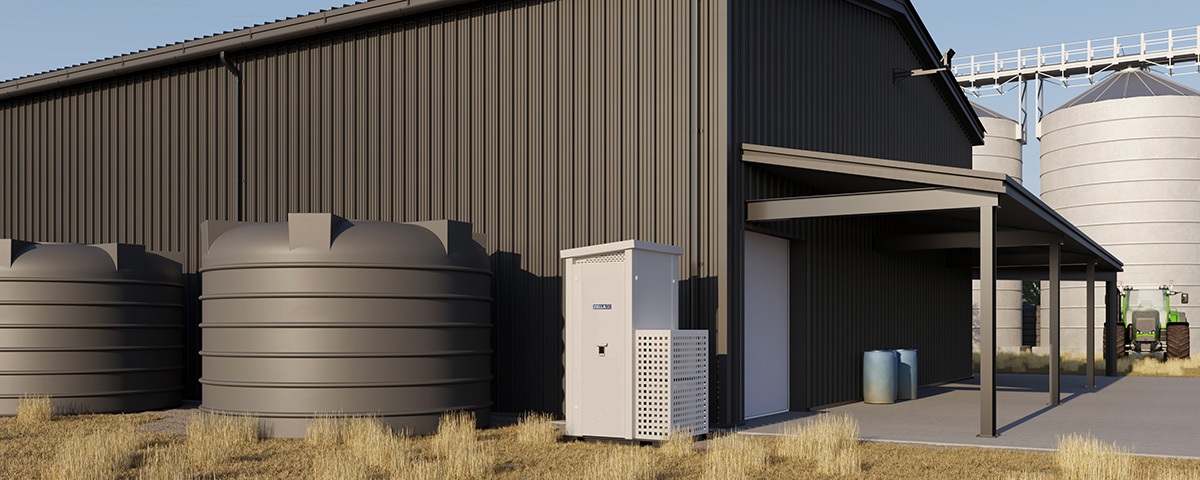Education today – from Kindy through to uni – is a far cry from the books and blackboards of yesteryear. Today’s pupils work with laptops, computers, screens and tablets, taking full advantage of technology at every stage of the learning curve.
So what can edge computing bring to the table? Why and how can it be any more beneficial than its cloud cousin? To fully understand this, we need to look at the comparisons between the two.
Cloud vs. Edge: an overview
The main difference between the two is where the data storage and analysis occur. With the cloud, data travels enormous distances – it crosses continents and oceans to reach gigantic storage facilities. Edge capability, on the other hand, happens much closer to the action. It can even be in the same building or perhaps travel just a few miles to be sorted and actioned.
As generation of data increases exponentially, mainly due to the explosion of IoT (internet of things) cloud bandwidth is becoming increasingly clogged. As with any commodity, the more in demand something is, the more expensive it becomes. In the case of cloud storage, it can also cause delays – albeit only measured in microseconds. However, when it comes to the new tech that classrooms are or will soon be taking advantage of, such as AI, machine learning, VR and AR, these tiny delays dramatically reduce the learning experience.
It’s these technologies that edge computing is set to revolutionise. AI-enabled technology will not only offer a learning experience far superior to anything we’ve seen in the past, but students will be able to benefit from real-life cyber scenarios as they learn. Other IoT technology can be utilised to follow and track pre-schoolers’ progress, teachers can give online lessons to pupils from a remote location as effectively as if they were in the room, and machine learning can tailor a student’s learning journey to their individual needs.
Imagine taking an exam and getting instant results. How about not just telling students about the internal anatomy of the human body, but actually showing them? What about automating processes that take up huge amounts of teachers time – such as marking – to leave them free to concentrate on more beneficial, hands-on tasks?
It’s not an all-or-nothing choice
The beauty of the edge is that, within education, it’s likely to best work with a hybrid edge-cloud model. Processing necessary data for instant actioning can happen right at the pulse point, whereas other, less time-sensitive info can be sent to the cloud. Not only does this free up valuable bandwidth, but it’s great for the environment too. Plus, the cost of edge computing is dramatically cheaper than purchasing more and more cloud capability or building and running an on-site server room.
The so-called ‘generation-AI’ – the kids of millennials – will be the first to benefit from what’s set to be a truly different learning experience. Of course, educational institutions will need to get the right infrastructure in place in order to do this. Although the concept of the edge has been developed and in use for over a decade, most people still see it as fledgling tech.
However, you only need look back to the 90s and even the early noughties when the internet and the online world become globally mainstream to realise how quickly the use of technology can grow.
Also, we haven’t even touched on the security benefits that edge computing brings – something that, in today’s nervous landscape, all facilities need to be taking cutting-edge action.
Zella DC has been honing and perfecting its edge technology for well over a decade now. We provide market-leading hardware and edge networking capabilities to companies around the world, including schools and universities.
Taking expert advice about how to best integrate edge capability into your educational facility requires an expert and bespoke approach – something that Zella DC is perfectly placed to offer. Get in touch today to discover the art of the possible.






